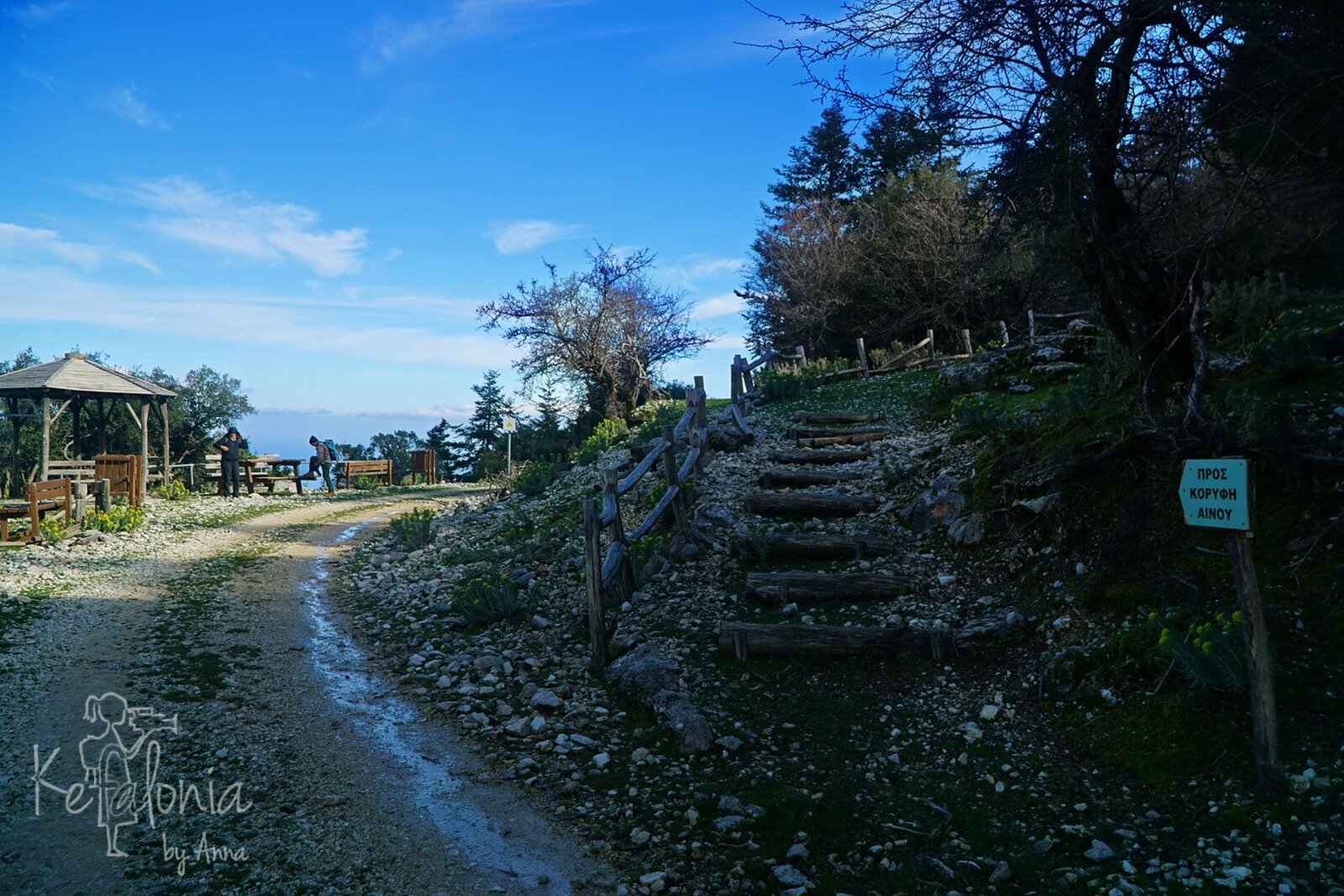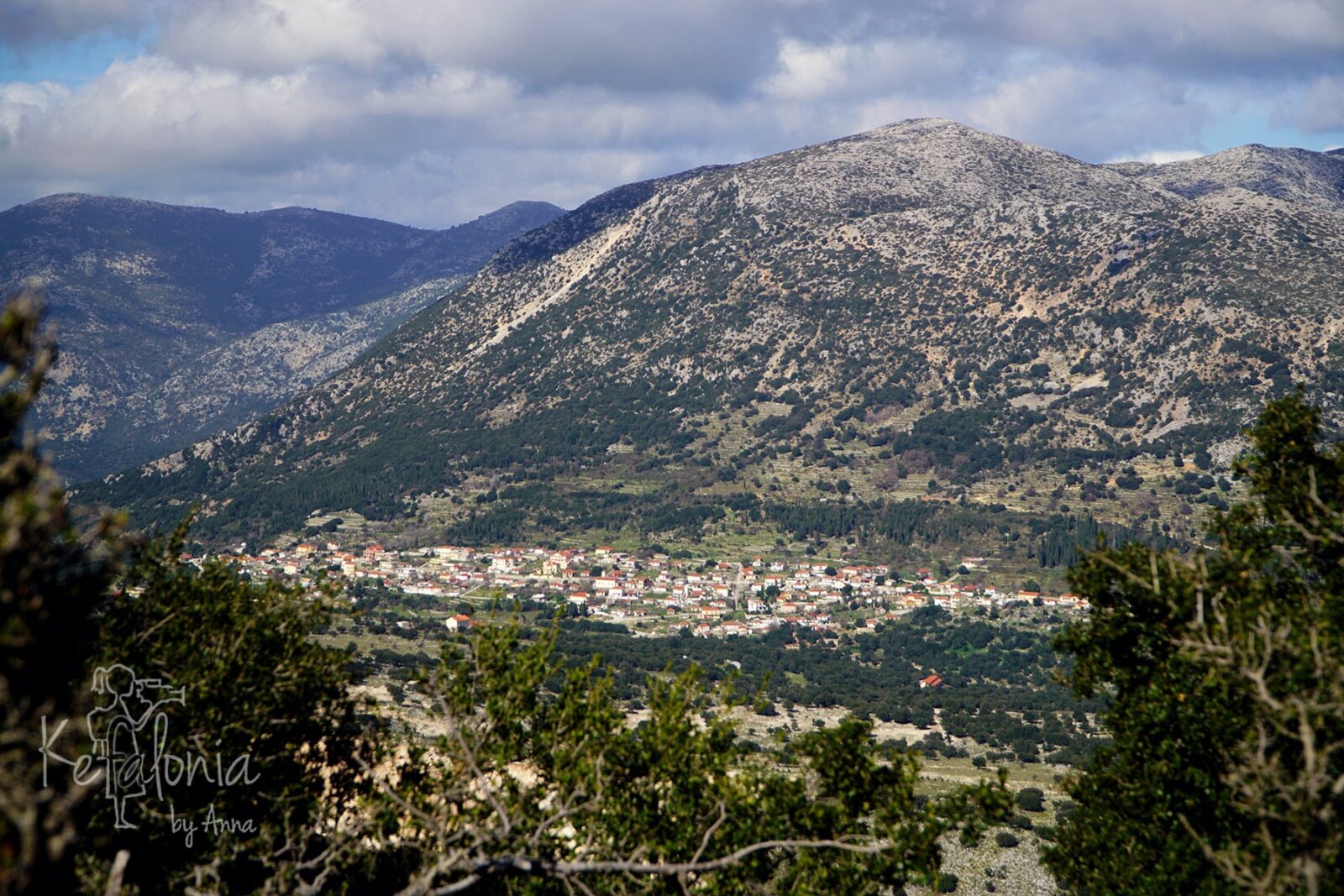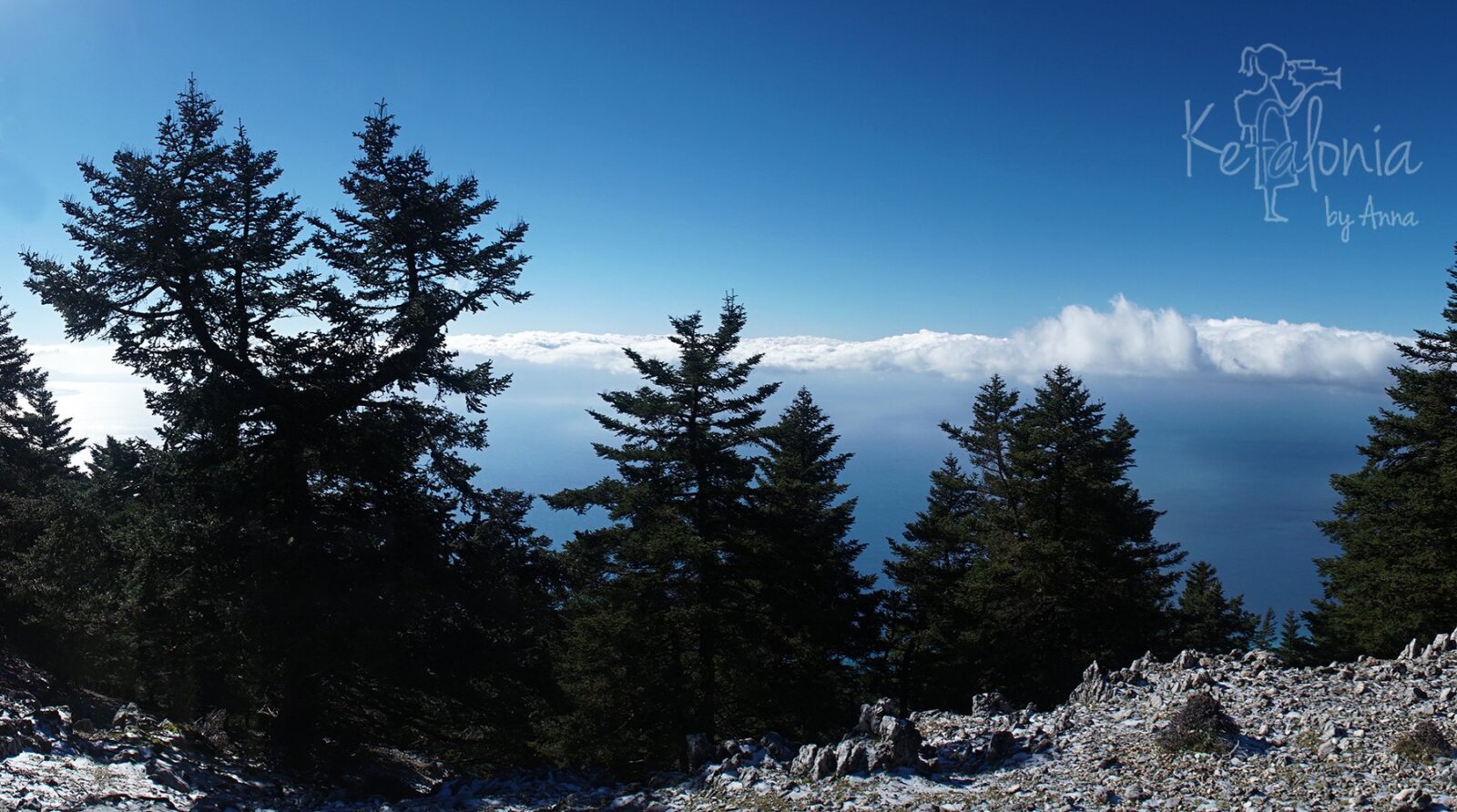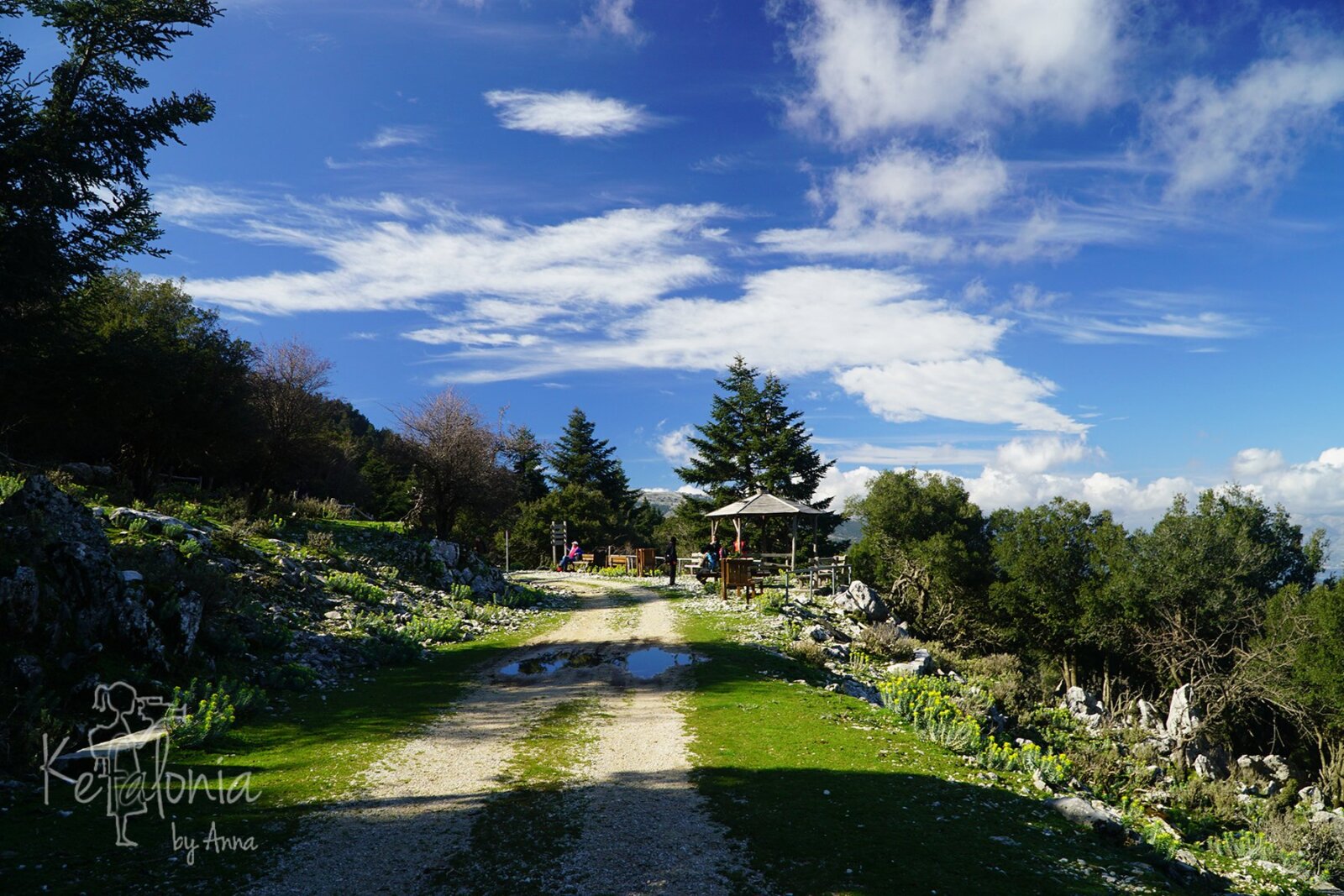The Management Body of Mt. Ainos National Park is responsible for the protection and conservation of the National Park. The offices of the management body are located in the Koutavos Environmental Centre in Argostoli. The Centre is open to the public on a daily basis (Monday–Friday) from 8:30 to 16:00 and, following some prearrangement, during other periods of the week. The personnel of the management body can organize tours in the National Park of Mt. Ainos, thus offering visitors a day full of beautiful experiences in a marvelous Fir forest with many rare and endemic plant species and in a unique Kefalonian natural environment.


More than 400 plant taxa have been recorded in the National Park of Ainos. Some of them are Kefalonian endemics, such as Viola kefalonica (Kefalonian Violet) and Scutellaria rupestris subsp. Kefalonica (Kefalonian Skullcap), both restricted to the higher altitudes of Mt. Ainos, as well as Saponaria aenesia (Soapwort of Ainos) and Ajuga orientalis subsp. aenesia (Bugle of Ainos). Other endemic/important plant taxa are: Campanula garganica subsp. kefallenica (Βellflower), Centaurea subciliaris subsp. subciliaris, Cerastium illirycum subsp. illirycum, Fritillaria mutabilis (Fritillary), Origanum vulgare subsp. hirtum (Oregano), Paeonia mascula subsp. russi (Peony), Thymus holosericeus (Thyme), etc.


More than 100 bird species have been located in the National Park, including: Circaetus gallicus (Short-Toed Snake Eagle), Falco biarmicus (Lanner Falcon), Pernis apivorus (European Honey Buzzard), Accipiter gentilis (Goshawk), Athene noctua (Little Owl), Buteo buteo (Common Buzzard), Alectoris graeca (Rock Partridge), Emperiza caesia (Cretzschmar’s Bunting) etc. Other vertebrates, the presence of which can be detected in the area, are: Podarcis taurica subsp. ionica (Balkan Wall Lizard), Algyroides moreoticus (Greek Algyroides), Vipera ammodytes (Viper), Erinaceus roumanicus (Hedgehog), Talpa stankovici (Mole), Myoxus glis (Edible Dormouse), Lepus europaeus (Hare), several Bat species etc. In the area of the Zoodohos Pigi Monastery, a herd of semi-wild Horses (Equus caballus) can be observed.
Contact Info
Please mention Kefalonia By Anna when you contact
